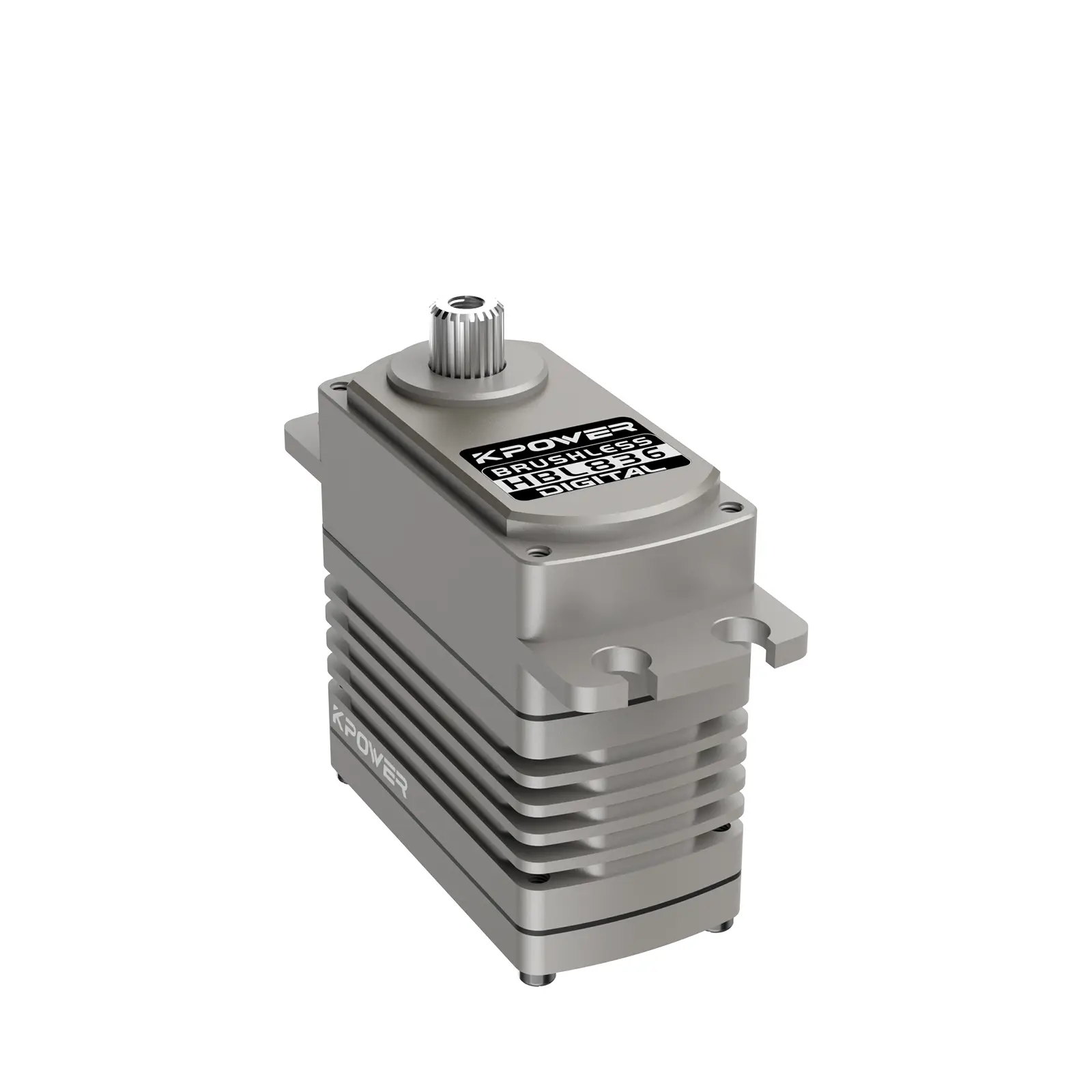Unveiling the Power of CNC Servo Motors: An Introduction
In the fast-paced world of manufacturing and automation, precision, speed, and reliability are king. At the core of many modern CNC (Computer Numerical Control) machines are servo motors—sophisticated devices that convert electrical energy into precise mechanical motion. They are the backbone of CNC systems, enabling intricate machining, cutting, milling, and more with unmatched accuracy.

But not all servo motors are created equal. The types of CNC servo motors available today reflect decades of technological innovation, tailored to diverse industrial needs. Understanding these types reveals not just the options available but also how each can be best leveraged for optimal performance.
What Exactly Are CNC Servo Motors?
A servo motor is a rotary or linear actuator that allows for precise control of angular or linear position, velocity, and acceleration. In CNC machinery, these motors are coupled with feedback mechanisms like encoders and resolvers, which ensure that the machinery’s movements match programmed instructions exactly.
The essence of servo technology lies in the closed-loop control system that continuously monitors the motor's position and makes real-time adjustments. This capability is what makes CNC machines capable of micro-level precision and complex multi-axis operations.
Why Are Different Types of CNC Servo Motors Important?
Selecting the right type of servo motor impacts several critical factors—accuracy, speed, torque, size, energy efficiency, and overall longevity of the machinery. The variety is driven primarily by applications ranging from heavy-duty metal cutting to fine electronics assembly, each requiring different motor characteristics.
Main Types of CNC Servo Motors
Broadly, CNC servo motors are classified into two principal categories based on their construction and operational principles:
AC Servo Motors DC Servo Motors
Each of these categories further branches into specific types, purpose-built to meet unique industrial demands. Let's explore these categories further.
AC Servo Motors: The Powerhouses of Precision
AC servo motors are among the most prevalent in modern CNC systems, notably valued for their durability, efficiency, and high-performance capabilities.
Types of AC Servo Motors:
Synchronous AC Servo Motors
These are designed to operate synchronously with the utility frequency. Their rotor poles are magnetically locked to the stator’s magnetic field. This makes them highly accurate for positional control and excellent for applications requiring high torque at precise speeds.
Common Types:
Brushless Synchronous Servo Motors: These are the most common AC servo motors, powered electronically without brushes, reducing maintenance and improving longevity. They feature permanent magnets on the rotor, which help in achieving rapid acceleration and high efficiency.
Asynchronous (Induction) Servo Motors
While the term "servo motor" usually refers to synchronous types, some advanced systems use specialized induction motors. They operate asynchronously with the magnetic field, mainly used where robustness outweighs the need for ultra-precise positioning.
Features & Benefits of AC Servo Motors:
High Efficiency & Speed: Thanks to their design, they can operate at high speeds with minimal energy loss. Precision & Accuracy: Excellent for applications requiring fine control, such as CNC milling or laser cutting. Reduced Maintenance: Brushless designs eliminate wear and tear associated with brushes. Good for Heavy-Duty Applications: Particularly in metalworking, where torque and durability are key.
DC Servo Motors: The Classic Choice with Modern Twists
Although AC motors dominate the industry, DC servo motors still hold relevance, especially in older systems or applications where a simple control scheme is preferred.
Types of DC Servo Motors:
Brushed DC Servo Motors
These utilize brushes and commutators to supply current to the rotor windings. They are straightforward, cost-effective, and known for quick torque response.
Brushless DC (BLDC) Servo Motors
These eliminate brushes, utilizing electronic commutation instead, which enhances durability and efficiency. They mimic AC motor behavior but are technically a type of DC motor.
Features & Benefits of DC Servo Motors:
Simple Control Schemes: Easier to implement in basic systems. High Starting Torque: Suitable for applications with frequent starts and stops. Cost-Effective: Lower upfront investment for smaller or less demanding CNC systems. Rapid Response: Excellent for dynamic positioning tasks.
Choosing the Right Type for Your Application
The decision to select AC or DC servo motors hinges on a variety of factors, including the required precision, speed, load conditions, budget, and maintenance considerations.
If your CNC application demands high durability, minimal maintenance, and exceptional accuracy—think of aerospace or high-precision electronics manufacturing—AC brushless servo motors are often the best fit. For simpler tasks, rapid prototyping, or automation projects with budget constraints, brushed DC motors may suffice.
As the industry advances, hybrid systems combining features of AC and DC motors are emerging, and innovative materials and control algorithms are expanding the capabilities of CNC servo motors further.
In the next segment, we will explore the latest technological innovations transforming CNC servo motor design, discuss the importance of feedback systems, and offer insights into future trends set to redefine the landscape of CNC motion control.
Leveraging innovations in modular drive technology, Kpower integrates high-performance motors, precision reducers, and multi-protocol control systems to provide efficient and customized smart drive system solutions.




































